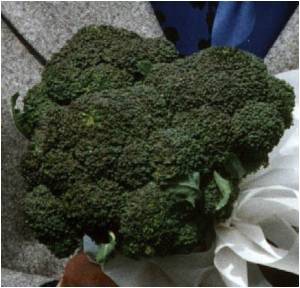A compound derived from cruciferous vegetables such as cabbage, cauliflower and broccoli was found to protect mice and rats from lethal doses of radiation, say researchers.

The compound, known as DIM (3,3'-diindolylmethane), previously has been found to have cancer preventive properties.
"DIM has been studied as a cancer prevention agent for years, but this is the first indication that DIM can also act as a radiation protector," says the study's corresponding author, Eliot Rosen, MD, PhD, of Georgetown Lombardi Comprehensive Cancer Center.
For the study, the researchers irradiated rats with lethal doses of gamma ray radiation. The animals were then treated with a daily injection of DIM for two weeks, starting 10 minutes after the radiation exposure.
The result was stunning, says Rosen, a professor of oncology, biochemistry and cell & molecular biology, and radiation medicine. "All of the untreated rats died, but well over half of the DIM-treated animals remained alive 30 days after the radiation exposure."
Rosen adds that DIM also provided protection whether the first injection was administered 24 hours before or up to 24 hours after radiation exposure.
Advertisement
Rosen says this study points to two potential uses of the compound. "DIM could protect normal tissues in patients receiving radiation therapy for cancer, but could also protect individuals from the lethal consequences of a nuclear disaster."
Advertisement
Source-Eurekalert















